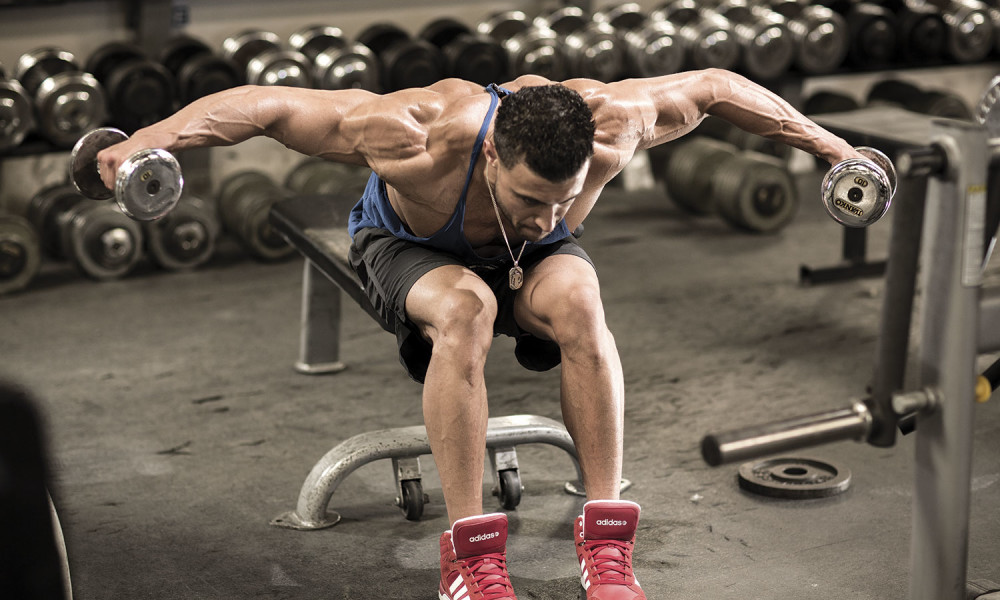

The complicated ball-and-socket joint of the shoulder is hard to train but ridiculously easy to injure. In fact, one study estimated that almost 70 percent of people experience chronic shoulder pain at some point in their life. (If that survey were done in a gym, it would have probably been closer to 96 percent.) When it comes to the delts, you want to subject them to as little wear and tear as possible. The trick to shoulder training, then, is to find out how to get the most stimulus with the fewest movements.
Last year, the American Council on Exercise (ACE) looked at the three heads of the deltoid and, to paraphrase Matt Damon from The Martian, said, “We’re going to have to science the shit out of this.”
Researchers at ACE performed an experiment in which they examined 10 different shoulder exercises and, through the use of electromyography, determined which exercise activated the most muscle fibers. The researchers did their homework and circumvented some of the classic exercise science pitfalls. In this case, the test subjects were men between the ages of 18 and 30, and they all had significant weightlifting experience.
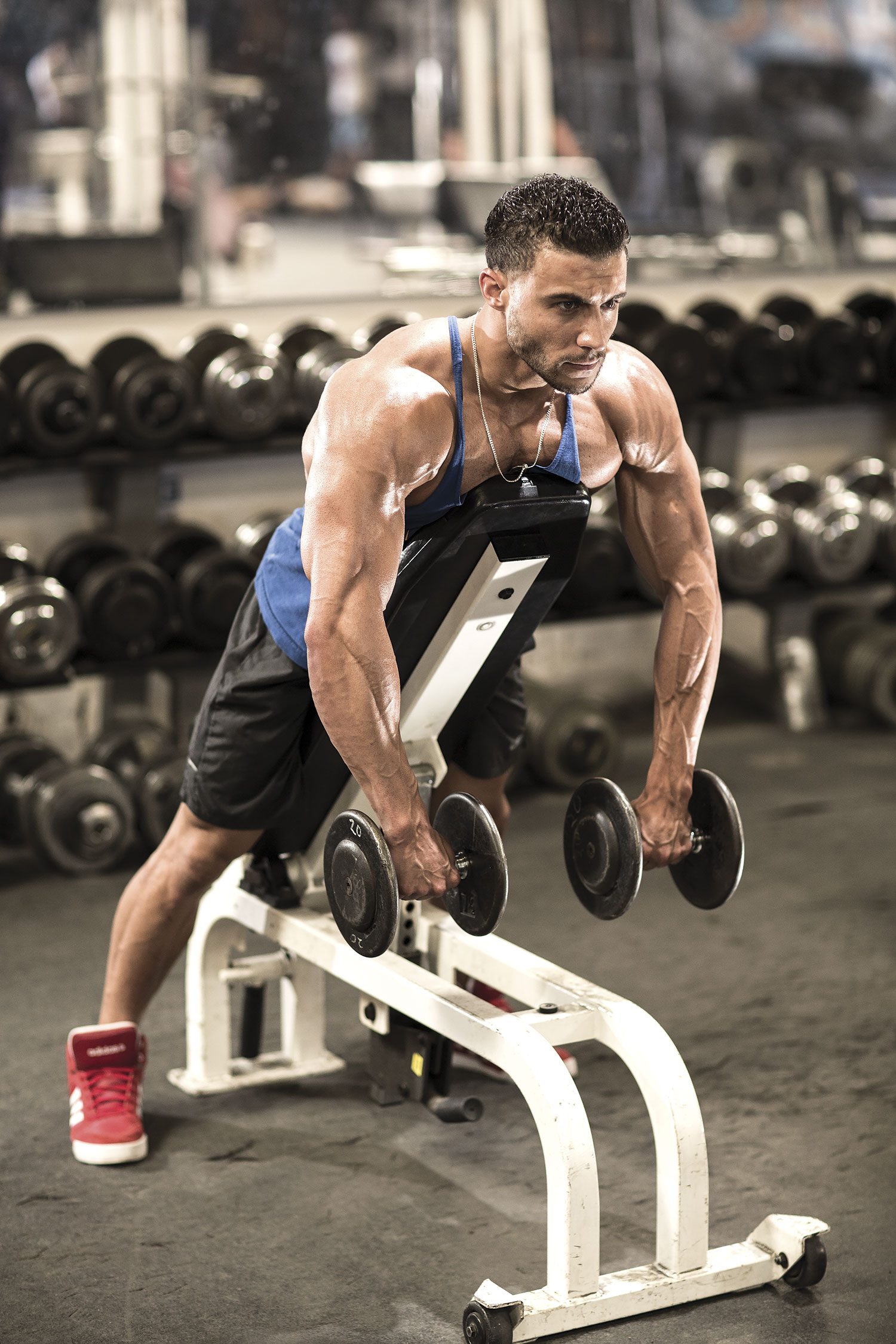
The exercises they studied included the dumbbell shoulder press, push-up, cable diagonal raise, dips, dumbbell front raise, battling ropes, barbell upright row, bent-arm lateral raise, 45-degree incline row, and a seated rear lateral raise.
When the dust cleared and all the wires were put away, they found that a combination of the dumbbell shoulder press, 45-degree incline lateral row, and seated rear lateral raise to be the most effective at stimulating all three heads of the deltoids. The scientists added the recommendation to begin your shoulder workout with exercises that target the posterior deltoid first, since that is typically the weakest and most neglected of the shoulder muscles. After hitting the rear delt, follow up with exercises that target the stronger anterior deltoid.
This doesn’t mean that these are the only three shoulder exercises you should use. If your shoulders can take it, and your muscles respond well to volume, you should be hitting them with a wide range of exercises, angles, and rep schemes. But if these three moves are not in your current shoulder-training program, think about adding them in. And if you need a quick shoulder workout, or you’re looking for a delt-focused finisher on another day of your split, you can put these exercises together for a fast and effective circuit.
Dumbbell Shoulder Press
Stand with feet hip-width apart, knees slightly bent and your trunk tightened and stabilized. With a dumbbell in each hand, raise your upper arms until they are even with the sides of the shoulders. Press the dumbbells upward until your arms are extended overhead. Do not bring them together. Slowly lower the weights back to the starting position, pause, and then begin the next rep. Make sure this movement is performed slowly, with an emphasis on at least 30 seconds of time under tension.
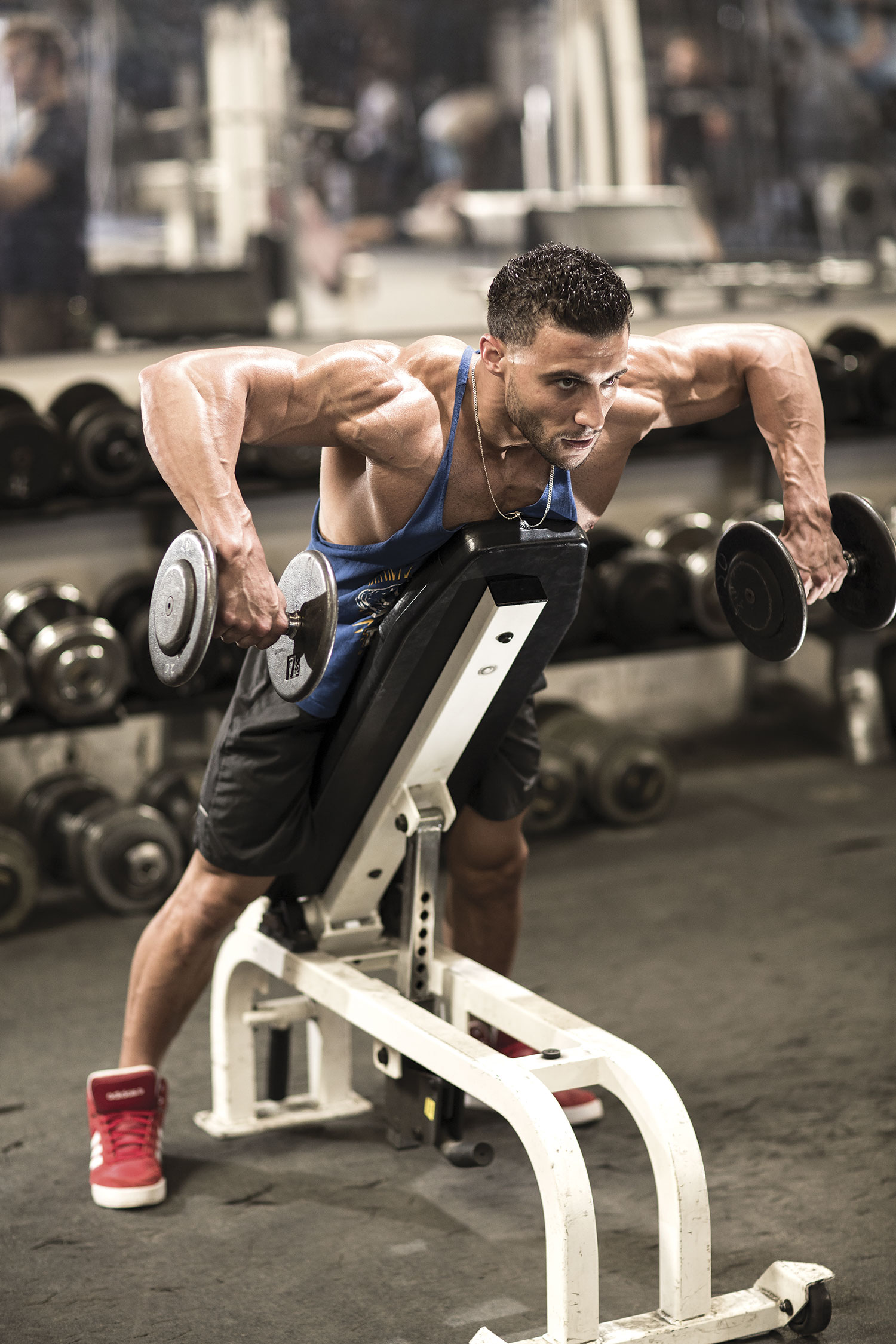
45-Degree Incline Row
Lie facedown on an incline bench set to 45 degrees. Let your arms hang straight to the floor while holding a dumbbell in each hand. Activate your shoulders and slowly bring your elbows behind you as far as possible by squeezing the shoulder blades together. At the top of the rep, both elbows should be bent 90 degrees. Throughout the movement, the upper arms should remain perpendicular to the body, with the forearms pointed toward the floor. After reaching the top of the movement, slowly lower the dumbbells back to the starting position.
Seated Rear Lateral Raise
Sit on the edge of a bench with your feet on the floor. Bend over and grasp the dumbbells while the arms are extended under your legs. Your torso should be resting on your thighs. Maintain a flat-back position as you slowly raise your arms to your sides until your elbows are at shoulder height. The arms should be perpendicular to your torso. Maintain a slight but fixed bend in the elbow throughout the exercise. (The slighter the bend, the longer the lever is, and thus the more difficult.) Then slowly lower the dumbbells back to the starting position. IM






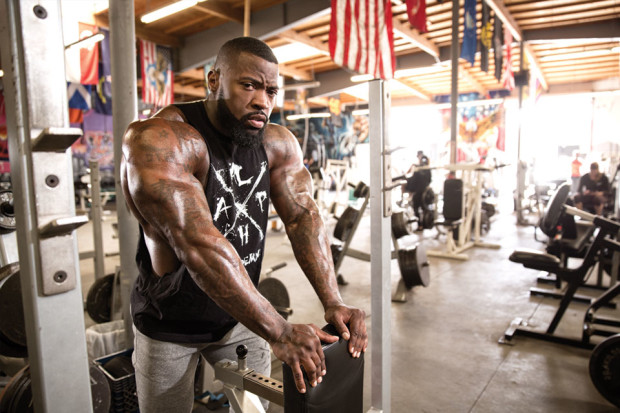
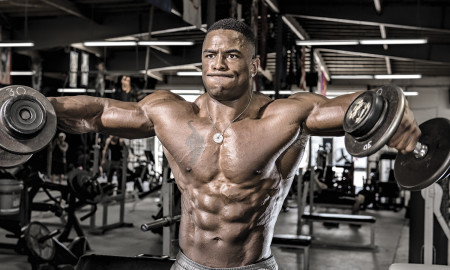







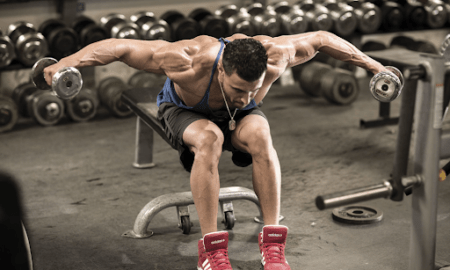




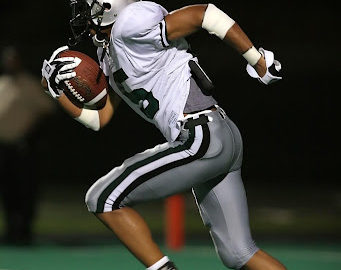

You must be logged in to post a comment Login